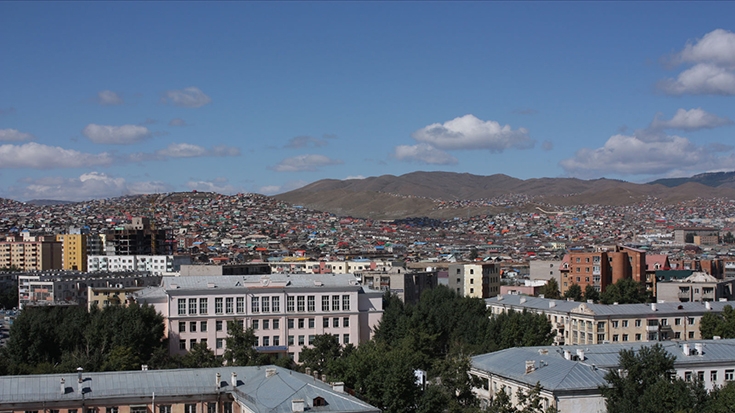Key Findings
- The City of Ulaanbaatar (UB) is undergoing a historic transformation toward market-driven urban development. This growth remains strongly influenced by city policy decisions that affect the supply and location of land for public and private uses.
- The current city administration clearly recognizes that urban land represents one of the most important assets under its guardianship and management.
- However, such reforms are incomplete, and the city administration’s efforts are constrained by existing national laws and regulations and conflicting perceptions about land as a designated public entitlement for residential use.
- Low-density urban expansion and lack of infrastructure combine to reduce residents’ quality of life and the city’s overall economic competitiveness.
- The city’s street system and land use plan, not population density, contributes to traffic congestion.
- Urban planning regulations and approaches are outdated and contribute to sprawl and land market distortions.
- Current laws and practices on land change frequently, which results in uncertainty for developers and inefficiencies in administration.
- Land administration systems need to be more efficient and transparent.
- Management of government land in UB has not yet reached its full potential, technically or strategically, despite steady progress.
- UB forgoes significant public revenues that could be derived from private investment in land due to the current weaknesses in land administration and management.
- Land fee and tax policies along with land allocation practices provide little revenue because they do not reflect the market value of land and property.
- UB should take a proactive approach to improve the function of land markets and its own land management and to capture a fair share of land market value.
Immediate Actions UB City Can Take
- Finalize the surveying and registration of publicly owned land. Conduct legal documentation and on-the-ground audits of land held by all city government entities, including budgetary organizations and municipal enterprises, as well as land allocated for possession to individuals, NGOs, and similar enterprises.
- Create an interdepartmental Task Force (including representatives from districts) to develop a comprehensive, city-wide land management policy. The plan would be used to guide decisions on retaining or releasing public lands using the completed inventory of publicly owned land and properties and a consideration of public need. Should public lands be released for private activities, a system of competitive and transparent land auctions would allow the city to capture higher revenues than through direct allocation.
- Review zoning and development standards in order to allow more flexibility in accommodating demands for different land uses and to increase the areas that allow for mixed land uses. Land use regulations should be used as a means to encourage density levels that make the provision of infrastructure more affordable through the efficient use of urban land, rather than supporting development through allocating vacant land in fringe areas or satellite towns far from infrastructure and services.
- City agencies responsible for developing both land use plans and public transportation planning need to closely coordinate ongoing activities and partner with ongoing street improvement projects aimed at enhancing capacity and connectivity.
Actions That Need Involvement of Others Stakeholders
- The city needs to lead efforts to improve the efficiency and transparency of land administration services, including titling and registration. However, since titling and registration procedures involve national government ministries, the city needs to partner with these organizations to establish a set of activities to improve the quality of these services to city residents. A review of existing procedures and requirements could help to identify steps that could be consolidated or eliminated. Public outreach and information campaigns would clarify the benefits of titling and registration and the associated requirements.
- The practice of land valuation needs to be revised so that taxes and fees better reflect market values of land and property, as is international practice. This will require significant changes in current laws and the city will have to cultivate long-term strategic partnerships with other government ministries and parliament in order to develop and support these reforms.
- Current land tenure classifications should be consolidated to improve clarity and support for investment. For residential uses, possession is an unnecessary category that could be discontinued and replaced by directly issuing an ownership tenure designation. Legal entities should also enjoy some form of secure, medium-term rights or long-term land leases rather than the more circumscribed possession and user rights they are currently afforded.
